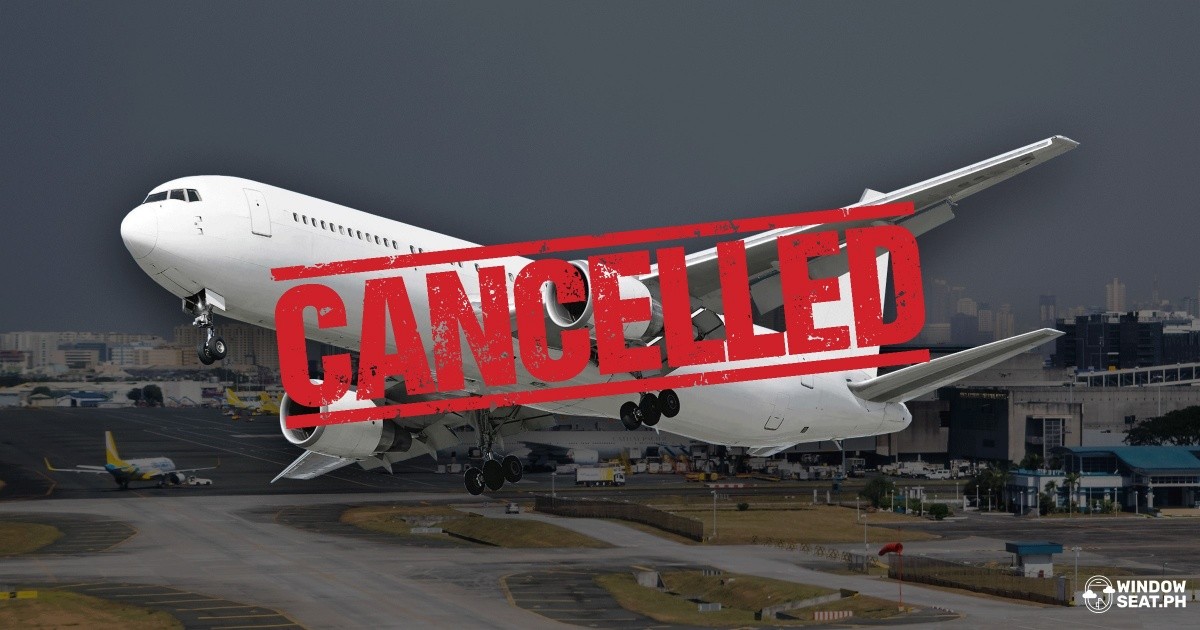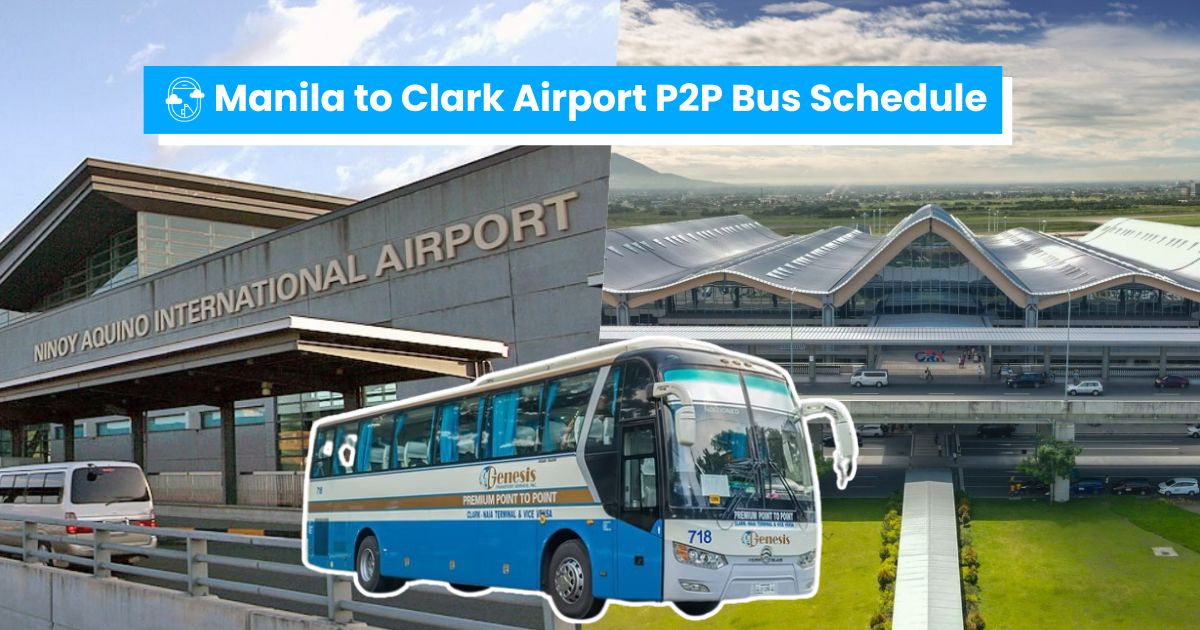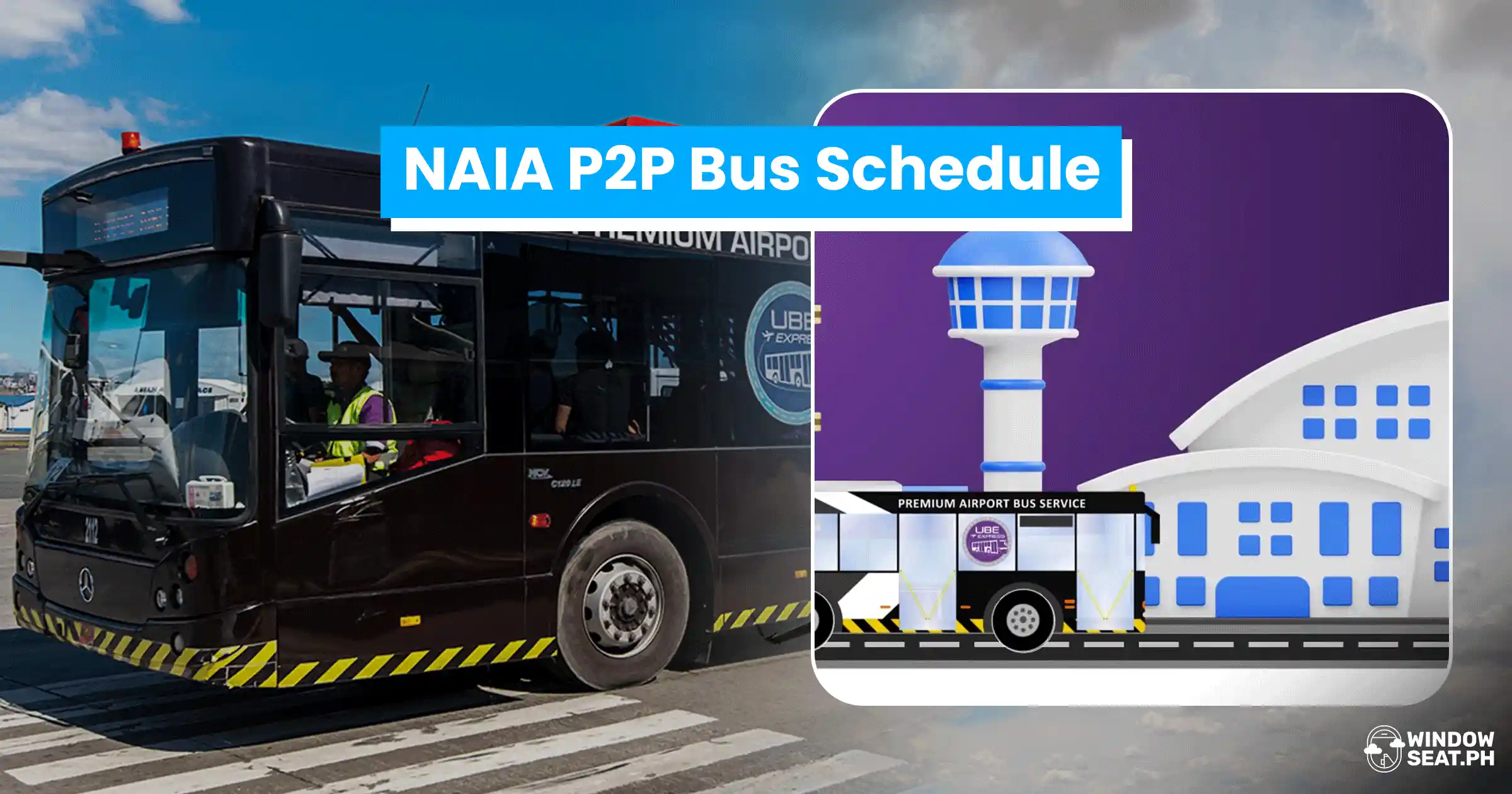Is Your Flight Affected by the NAIA Air Traffic System Fiasco? Here’s What to Do
Make sure you know your rights.
by Meryl Medel | January 03, 2023
The Philippines’ new year pasabog for 2023 comes in the form of an unexpected shutdown at the country’s main airport. On New Year’s Day, instead of welcoming 2023 on a high note, tens of thousands of travelers found themselves in a nightmarish fiasco after being stranded in the airport due to the cancellation of hundreds of flights to and from the Ninoy Aquino International Airport (NAIA).
It’s not even 24 hours into 2023 and the Philippines has already made a major blunder in international news💀💀💀
— Tobito (@Tobitochondria) January 1, 2023
Chaotic New Year’s Day
Over 56,000 passengers coming in and out of the country experienced one of every traveler’s worst nightmares: delayed flights and derailed travel plans. Flights to and from Manila were put on hold after “technical issues” arose with the air traffic management system of the Civil Aviation Authority of the Philippines (CAAP).
There are currently no airborne commercial flights in the Philippines (MANILA FIR). pic.twitter.com/xUhyPJarmE
— Flightradar24 (@flightradar24) January 1, 2023
What happened?
First detected at 9:50 AM on January 1, the “technical issues” actually involve a power outage and loss of communication at the Philippine Air Traffic Management Center (ATMC), which is where aircraft departures, arrivals, and transits within the country’s airspace. Since no communication was possible during the outage, flights to and from NAIA were put on hold “to ensure the safety of passengers, crew, and aircraft,” said CAAP.
According to the Manila International Airport Authority (MIAA), which manages NAIA, more than 282 flights had been either delayed, diverted to other airports, or ultimately canceled on January 1 due to said issues, with more flights also affected the next day.
Several passengers have shared their own experiences during the NAIA shutdown, airing their frustrations over the situation on social media. One netizen pointed out how the shutdown underlines the country’s worsening transportation crisis, while another even described the situation as a “national security threat.”
NAIA kept announcing that emergency protocols were in place. But they and the airlines detained thousands of people, in airport terminals not equipped to stop any COVID spread with so many people stranded, with no water or food for several hours.
— ProfDrDianeDesierto (@DrDesierto) January 1, 2023
What is the cause?
Aside from the power outage, there was also a power surge that followed, affecting the equipment at the ATMC.
According to MIAA General Manager Cesar Chiong, two uninterruptible power supplies used at the AMTC failed, which had to be troubleshot. In an attempt to continue operations, CAAP was forced to connect to commercial power, which then caused a power surge and affected equipment, creating a domino effect that caused loss of communication.
CAAP Director General Manuel Tamayo also admitted that the air traffic management system being used at NAIA is an outdated system, especially in contrast to those used in other Southeast Asian countries like Singapore. “Medyo luma na ‘to. Like anything mechanical, electrical, we cannot give you any assurances [that it will not happen again],” he said.
Transportation secretary Jaime Bautista echoed this statement, saying that he has already raised this issue at a cabinet meeting. “We said, ‘We really need to have this [backup] system. And with what happened today, we will be forced to hasten the building or procurement of a backup for our CNS/ATM system,” Bautista said. Both Malacanang and the Senate have said they will probe into the NAIA shutdown, but no concrete solutions have yet to be announced.
Flight delays and cancellations continue to today, with transport officials saying they need at least 72 hours to normalize operations at NAIA.
A similar case
Over a decade ago, a similar fiasco happened in NAIA. After an unexpected power outage in 2009, the airport had to cancel or divert flights, and the cause cited was also the same: outdated equipment.
“Our system should have been replaced in 2005, but because of the processes that we had to go through, it is only now that we are starting to put in place the new systems,” said then-CAAP spokesperson Eduardo Batac
What can you do in preparation or if your flight is affected?
Check regularly with your airline. The current situation at NAIA is ever-changing, so it’s best to keep yourself updated with any news from your airline. Each one often posts updates on their website and social media accounts, so make sure you check regularly.
Document everything. If your flight has been delayed, diverted, or canceled altogether, document everything so you can make claims with your insurance. It can be a hassle, but it will be helpful in the worst-case scenario.
Before your flight, make sure to get travel insurance. You don’t want all your travel expenses to just go down the drain. However, in case you forgot to do that . . .
Know your rights. Despite the many red flags of the ongoing transportation crisis in the Philippines, there is a law that protects travelers, namely the Air Passenger Bill of Rights. You should familiarize yourself with your rights as an air passenger in case of flight delays or cancellations, which include but are not limited to:
- if your flight is delayed for at least three hours, you have the right to
- receive free meals or refreshments
- avail free phone calls, texts, or emails
- choose to rebook or refund your ticket and be endorsed to another carrier
- if your flight is canceled due to force majeure, safety reasons, or a fault of the airline, you have the right to
- receive a full refund
- rebook your ticket without any additional fees
- be endorsed to another carrier without paying extra cost
- receive amenities such as meals, refreshments, transportation, or accommodation
You can find a summary of your rights as an air passenger here, or you can watch this helpful video by Attorney Chel Diokno:
Delayed na naman ba ang flight mo? Narito ang mga karapatan at benepisyo na dapat mong makuha! #LegalLifehack #AirTravel #DelayedFlight #AirPassenger pic.twitter.com/EosPOtOSEC
— Chel Diokno (@ChelDiokno) October 18, 2022
What are your thoughts on the NAIA air traffic system fiasco?
Want to stay updated with the latest travel news? Join WindowSeat.ph’s official Facebook community What’s Your Trip PH!
This article was republished with permission from 8List.ph. Minor edits have been made for Windowseat.ph.









